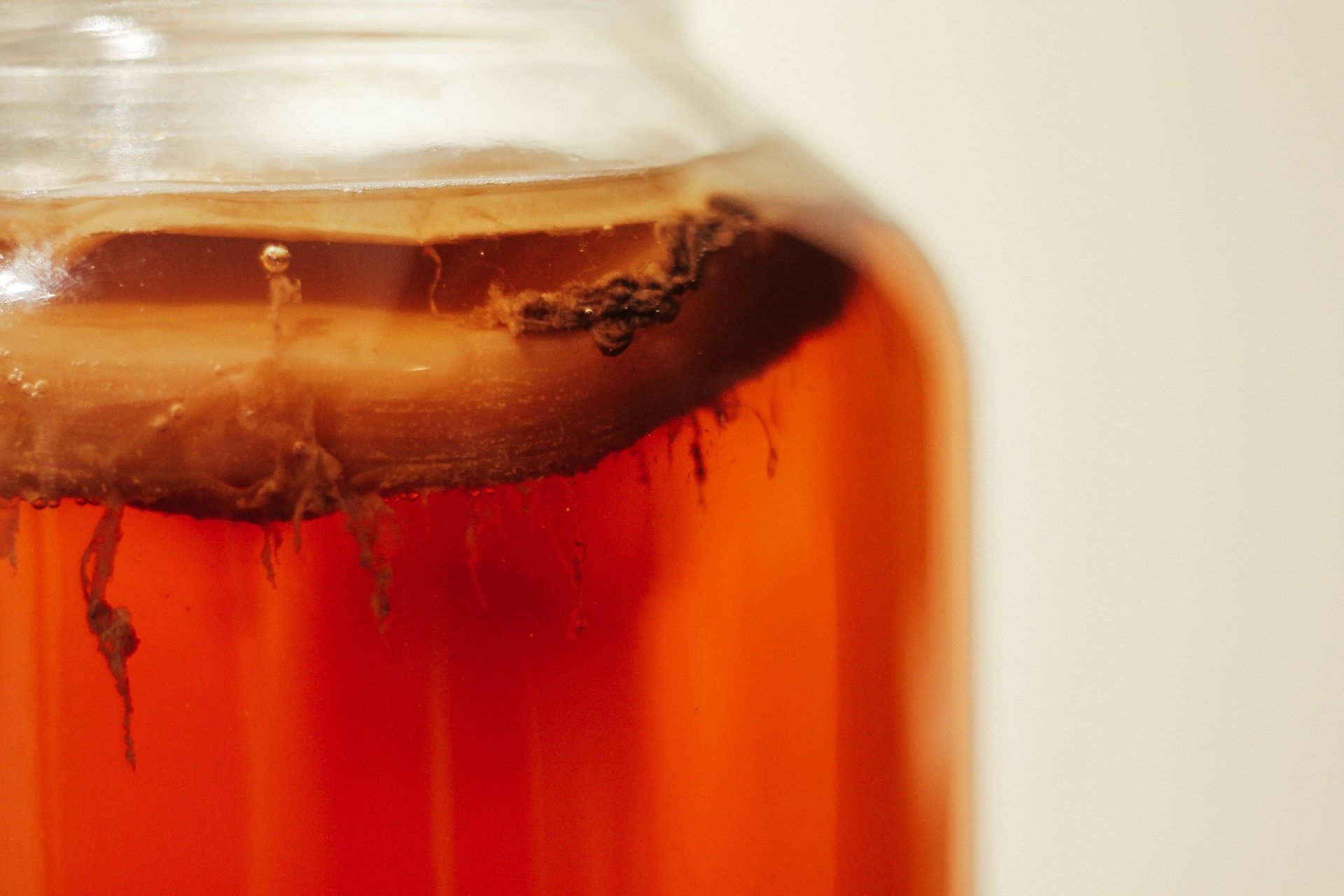Spring Foraging: How to Identify and Use 5 Tasty Sedona Wild Food
The new season is a great reason to make and keep resolutions. Whether it’s eating right or cleaning out the garage, here are some tips for making and keeping resolutions.
Once upon a time, humans eagerly awaited the end of the winter’s cold to gather the warm season’s first green shoots. Most modern humans today perform their spring foraging at the nearest supermarket. However, it helps to know how to supplement your diet the natural way, especially given sky-high grocery inflation.
If you thought the desert was a lousy place to forage, think again. Sedona’s high desert forests come alive with tons of tasty vittles. Here are five tasty wild Sedona foods you might encounter on your spring foraging trip.
Why Learn to Forage?
Learning to forage is a valuable survival skill. People in the modern world have divorced themselves from their food sources, but knowing what plants around you are safe to eat comes in handy in a SHTF scenario.
Foraging adds variety to your diet, especially if your budget doesn’t allow for many fresh, organic groceries. It also introduces you to exciting new flavors — there’s so much more to the world of edible foods than is found on your grocer’s shelves.
Finally, learning to forage in the spring is fun. It’s the perfect way to bid adieu to cabin fever, and slowing your walking pace as you search for tasty treats keeps the activity accessible for people of all ages. Take the kiddos and enjoy an educational afternoon filled with sunshine that doesn’t feel like “school.”
5 Plants You Might Encounter
If Spring Foraging Near Sedona
There are dozens of edible plants which grow wild in the forests surrounding Sedona. Here are five of the most recognizable and popular varieties among the foraging crowd.
1. Prickly Pear
Multiple parts of this cactus are edible — you may have seen nopales at your local grocery if you live in the desert southwest. Nopales are the edible leaves or paddles of the prickly pear. They’re popular in Mexican cuisine, showing up grilled in salads or mixed with scrambled eggs. They’re low in calories and packed with nutritional benefits, including a healthy dose of potassium for heart health and lowering blood pressure.
Nopales aren’t the only delicious part of the prickly pear cactus. The red berries make a fabulous jam or are strained into a juice that’s popular among bartenders — prickly pear margarita, anyone?
2. Lamb’s Quarters
There’s no shortage of wild greens in Sedona, and lamb’s quarters is among the tastiest and most nutritious. Although the plant is native to Europe and Asia and considered an invasive weed in the United States, it holds up to the desert heat better than spinach and even has medicinal properties.
You can eat the leaves raw, sauteed or steamed. Add them to soups and stews for extra fiber, chlorophyll and flavor. Chewing the leaves into a paste makes a soothing poultice for sunburn and insect bites.
3. Amaranth
Amaranth is a super useful plant in several respects. The leaves make a lovely addition to nearly any salad. You can eat them raw or cooked to get a nutritious punch of vitamins A, C, K and folate.
The seeds make a tasty, gluten-free flour. Roast the seeds for a few minutes, allow to cool, and grind into a fine powder.
4. Mesquite
Mesquite trees are one of Arizona’s most ubiquitous growths, and they’re a rich source of food and nutrition in the desert. The brown, skinny seed pods are edible raw by removing the seeds and chewing on the pulp.
You can also make the dried pods into a nutritious flour. Toast them in low heat for about two hours before allowing to cool and grinding to a fine powder. A coffee grinder or blender makes short work of the tough pods.
5. Banana Yucca
Banana yucca are among the first harbingers of spring. The long stems send up shoots of white flowers that later become the signature fruit. The fruits were favorite foods of the Apache and Navajo. They removed the seeds, roasted them and made the pulp into cakes.
The roots of the yucca plant are called cassava. Although inedible raw, it can transform into delicious fries when cooked.
Tips for Safe Foraging
In an ideal world, you could munch on any tasty plant you wanted upon crossing its path. However, pesticides are a reality of modern life. Although most foraged foods found in state and national forests should be safe, proceed with caution when doing so in developed areas.
Furthermore, ensure you correctly identify plants before consuming them. Although identification apps are helpful, they are far from foolproof. It’s a smart idea to take a class or head out with an experienced forager the first time or two to hone your eye.
Spring Foraging for Sedona Greens
A spring foraging trip makes for an engaging, educational day. It gets you out in the sun, enjoying the beautiful Sedona scenery. It’s appropriate for people of any age and hones a useful survival skill. Most importantly, it builds a deeper appreciation for the cycle of life and the miracles all around you.











